Thomas Francis Meagher Escapes from Tasmania.
Have you heard of Thomas Francis Meagher and his amazing achievements during his short life? Here we meet one of our readers in Tasmania - and he tells us all about how his ancestors helped Meagher with one of his most daring escapes.
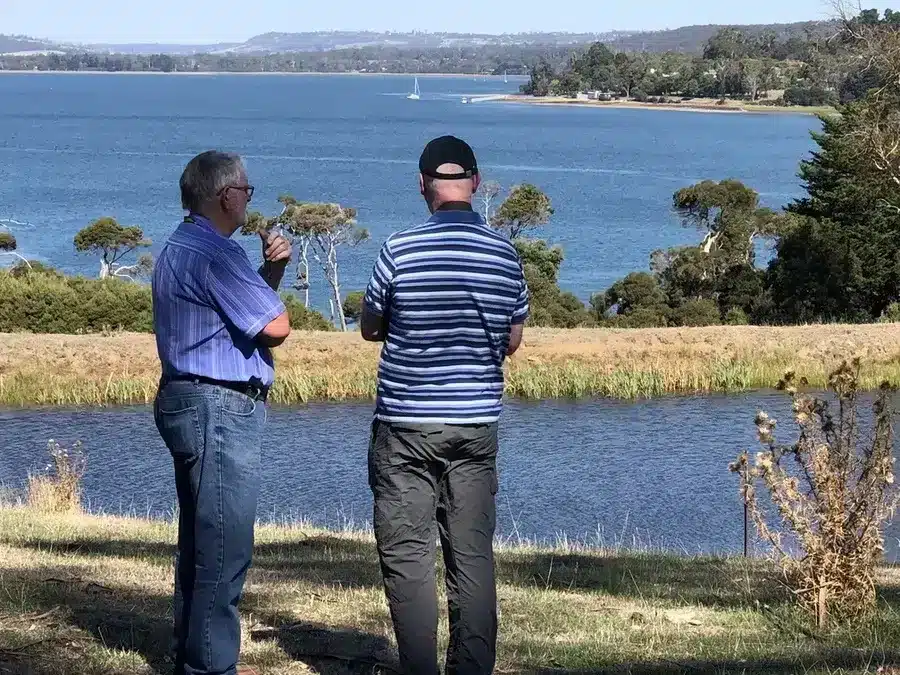
Have you ever heard of Thomas Francis Meagher? He was born in County Waterford in 1823, arrested for his participation in the Young Irelander rebellion of 1848 – and when convicted of sedition, received transportation for life to Van Diemen’s Land (now Tasmania in Australia).
Before that, he created what later became the tricolour flag of Ireland which flew for the first time in Waterford City in 1848. More on that later.
Meagher escaped from Tasmania before serving his time and that is where we pick up on his story with Doug Barrett:
Mike: Doug, you were talking earlier there about your Irish ancestors who came from County Sligo and their involvement in Tasmania in a very particular type of movements of goods, services, and people. Can you tell us a little more?
Doug: My great-grandfather, James Barrett, came from Sligo in Ireland. He settled on the eastern side of the Tamar river in Tasmania (with his brother William). He was involved in helping the Irish political prisoners leave Tasmania after they escaped from the jails down in Hobart.
Mike: When you say they escaped from the jails down in Hobart – they made their way to a very particular place?
Doug: Yes. They came over the mountains, past the great lakes and down into a town called Westbury, which is at the foot of the mountains. It was a Gaelic speaking area and they were sheltered there until the coast was clear.
There was a Catholic priest who had a cellar under the church, and he hid them in there, as well as elsewhere around the town. When everything was clear, they were transported to the banks of the Tamar river. My grandfather and his brother would pick them up in a row boat and row them about 40 miles out to sea.
Mike: That couldn’t have been a very safe journey, although they would have known the area well themselves. But 40 miles in a rowing boat?
Doug: It wasn’t easy. There are lots of rapids, sand banks and reefs. It all had to be navigated in the dark – no lights at all. So, they would take them down to the mouth of the Tamar and put them on a sailing boat to America.
Mike: So, that sailing boat would have been waiting there especially for them at that point? Were they worth that much, that there was a sailing boat waiting for them?
Doug: Lots of times the sailing boat wasn’t waiting just for them. My ancestors had to take them out to an outlying island then called Waterhouse Island and put them on there. Some of them had to wait for up to a fortnight for another boat to come by.
Mike: Do you know the name of any of these political prisoners – who were they?
Doug: Thomas Francis Maher was one. There is a long, involved story on the way he was manhandled and put about. My great-grandfather rowed him down to the mouth of the river and they were about 10 minutes too late and missed the boat. So, they had to row him back again up the river and then they dressed him as a woman and put him on the stagecoach to Hobart.
Mike: There’s a picture in people’s minds! Thomas Francis Maher dressed as a woman as he makes his dashing escape from Tasmania. Aided and abetted by your relatives I might add!
Doug: Not only that, but his traveling companion turned out to be the local warder. That would have been a strange conversation I should imagine in that stagecoach.
Mike: Oh, to be a fly on that stagecoach wall and hear just what was being said.
That island that you mentioned earlier … what was the name of that island?
Doug: Waterhouse Island.
Mike: Is that the place where your folks actually settled, or that was a different island again?
Doug: My great-grandfather is buried on that island. His brother later took up the ownership of the island from the government. It stayed in the family for quite a few years after that. It then got sold when my great-uncle died.
Mike: Then your family moved further to an island off Flinders Island, Long Island?
Doug: Long Island, yes. Part of the Furneaux group.
Mike: And that’s where you were born and spent your early years I do believe. Funnily enough, we’re sitting here in County Cork in a morning in May, and you’re just about to make your way up to County Sligo – the place where your ancestors came from in the first place – all those decades ago.
Doug: Yes. It was … I’m not sure of the date, but it was I think it was 1832 that they left Sligo for Tasmania.
Mike: And this is 2019, so almost 200 years later you are about to return to the land of your ancestors! Thank you very much and I hope have a great time on the rest of your journey around Ireland.
Doug: Thanks Mike!
Thomas Francis Meagher went on to arrive safely in New York where he led the Irish Brigade during the Civil War and later became acting territorial governor of Montana. He died at the early age of 43 – but seemed to have lived several lifetimes during those years.
Following this interview, Doug informed me that before Meagher departed Tasmania he left an Irish tri-colour flag behind him. This flag was hoisted in the town of Westbury when news came through that Meagher’s ship had reached international waters. I do wonder if that flag may have been the same flag that Meagher flew over Waterford City several years earlier.
We hope you enjoyed that amazing story of the Barrett family of Tasmania and their part in the making of history. How about you? Do you have Irish ancestral stories like this one to share ? Do leave a comment below and let me know.
Slán for this week,
Mike and Carina.

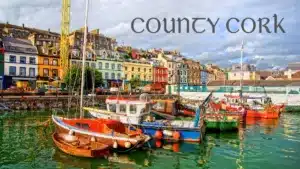
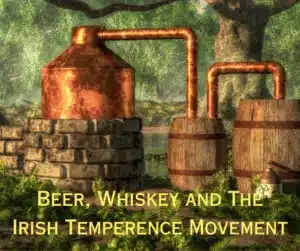
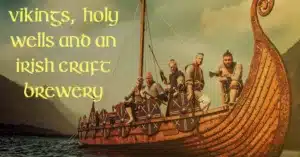

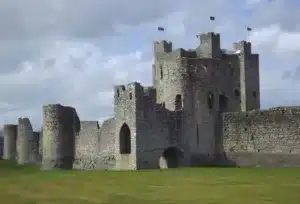

Only Plus Members can comment - Join Now
If you already have an account sign in here.